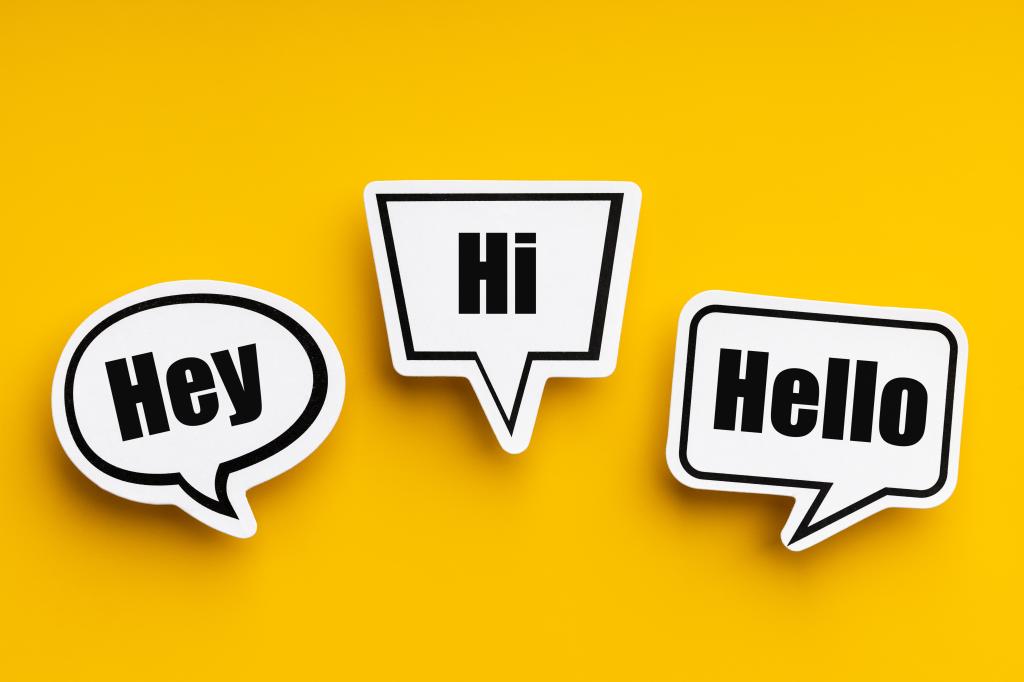At workplaces, the simple word “hey” or “hi” can cause anxiety and uncertainty among employees. This phenomenon, known as “hey hanging,” involves receiving a one-word message with no other context, often leading to employees fearing the worst-case scenario, such as being fired or receiving bad news. This form of communication usually occurs through instant messaging platforms like Slack, Microsoft Teams, Google Chat, or text messages, and although it may be a harmless way to get someone’s attention, it triggers a fight-or-flight response in the brain, causing unnecessary stress and worry.
The lack of clear communication etiquette among different generations in the workplace exacerbates the issue of hey hanging. Younger employees like Gen Z may use this form of communication without realizing its impact on others, leading to confusion and frustration among their older colleagues. The increasing reliance on instant messaging and quick forms of conversation has turned communication into a rapid back-and-forth exchange that demands immediate attention, leaving employees overwhelmed with constant notifications and emails to respond to throughout the day.
The use of hey hanging has sparked discussions about the appropriate way to respond to such messages, with some suggesting waiting for a follow-up or ignoring the message altogether. Others have shared links to websites advocating for more meaningful communication, encouraging individuals to avoid using one-word greetings like “hello” or “hi.” These platforms emphasize the importance of engaging in thoughtful conversations instead of resorting to brief and impersonal interactions that can leave both parties feeling unsatisfied.
The impact of hey hanging extends beyond the workplace to social media platforms, where users debate the best way to handle receiving one-word messages online. Some users suggest blocking or ignoring such messages, while others stress the importance of waiting for further context before responding. The conversation surrounding hey hanging highlights the need for clearer communication guidelines and the importance of mutual respect and consideration in all forms of interaction, whether in personal or professional settings.
As companies continue to rely on digital communication tools like Slack and Microsoft Teams for everyday interactions, it is essential for employees to be mindful of their messaging habits and the potential impact of one-word greetings like “hey” or “hi” on their colleagues. By encouraging more thoughtful and meaningful communication practices, organizations can foster a more positive and productive work environment where employees feel valued, respected, and heard. Ultimately, effective communication is key to building strong relationships and promoting collaboration within teams, both in the workplace and online.


